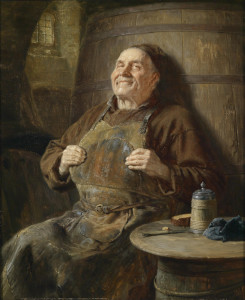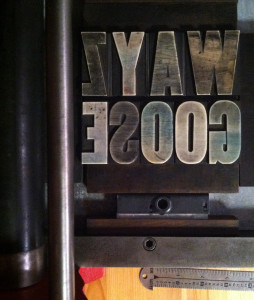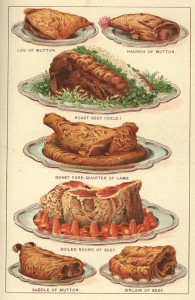St. Augustine of Hippo is a patron saint of brewers and of printers. Of printers because of his prolific writings, which probably kept a lot of early printers in business. Of brewers because, St. Augustine is one of those saints who did not start out exactly “saintly.” He liked a good time, at least early on in his life, and he had a good time for a long, long time before his conversion. His patronage of brewers is related to this early fun loving Augustine.
Once he did get right with God, Augustine wrote extensively. His most famous book is probably his Confessions. His writings influenced the teachings of the Church as well as theological philosophers that followed him, like Thomas Aquinas and John Calvin. He was born in Northern Africa in 354, the son of St. Monica, who prayed for his conversion. He was long considered a Doctor of the Church and was canonized around the turn of the 14th century. It is said that on a wall of his room St. Augustine had written these words, in large letters: “Here we do not speak evil of anyone.” Words to live by for this age as well as his own.
But here it is a hot day in August, a Friday at that, the end of the week, and we are celebrating the feast day of a patron saint of brewers and printers. Most printers I have known (and I’ve known a lot of them) like their beer. And of course we know that on a day that celebrates a patron saint of brewers there’s only one thing to consider drinking, even if the saint himself would discourage us. But the fact is that back in St. Augustine’s Day the beer was a lot safer to drink than the water. (“Don’t drink the water, drink beer!” said St. Arnold of Metz, another patron saint of brewers who believed (rightly so) that impure water was a source of disease.) It’s hard to imagine that even after his conversion St. Augustine didn’t enjoy at least a bit of beer or wine as part of a rich and full life. Or for basic sustenance.
We began the week raising our glasses to the printers and papermakers and bookbinders with the Bartlemas Wayzgoose. It is fitting to raise them once more to the printers as the week closes. Huzzah and cheers to us all!
Image: Beschauliche Ruhe by Eduard Von Grützner. Oil on canvas, 1897. [Public domain] via Wikimedia Commons. The title translates to “Contemplative Peace,” which I think the older St. Augustine would appreciate.
Locals: Join Seth & me tonight at the Armory in West Palm Beach for the opening of “New & Now,” an exhibition of works by new faculty. Three Convivio Bookworks prints will be on exhibit along with works by other new faculty at the Armory. My first book arts workshop there, “Map of the World,” is scheduled for October 17 and 18. Armory Art Center, 1700 Parker Avenue, West Palm Beach, 6 to 8 PM. The show runs through September 26.


